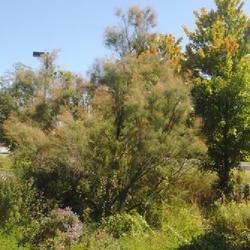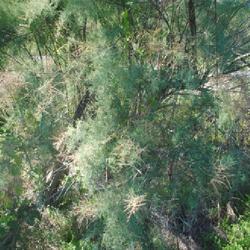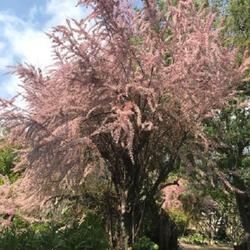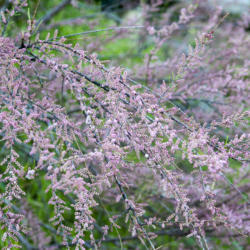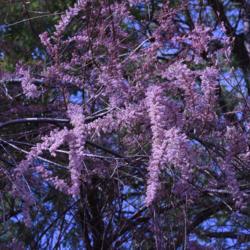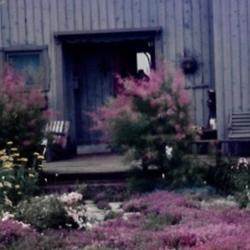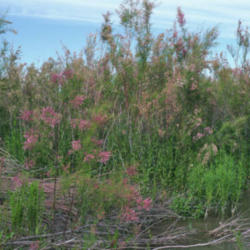| Plant Habit: | Shrub Tree |
| Sun Requirements: | Full Sun |
| Water Preferences: | Mesic Dry Mesic Dry |
| Soil pH Preferences: | Slightly acid (6.1 – 6.5) Neutral (6.6 – 7.3) |
| Minimum cold hardiness: | Zone 3 -40 °C (-40 °F) to -37.2 °C (-35) |
| Maximum recommended zone: | Zone 8b |
| Plant Height: | 6 to 20 feet (1.8-6m) |
| Plant Spread: | 8 to 12 feet (2.4-3.7m) |
| Leaves: | Unusual foliage color Deciduous |
| Flowers: | Showy Other: Blooms on new wood |
| Flower Color: | Pink |
| Flower Time: | Late spring or early summer Summer |
| Uses: | Windbreak or Hedge Erosion control Will Naturalize |
| Resistances: | Deer Resistant Rabbit Resistant Drought tolerant Salt tolerant |
| Pollinators: | Various insects |
